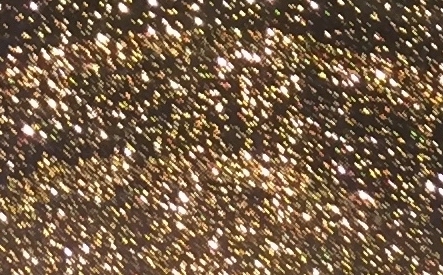Thanks to those of you who have provided input about the future of the WG, in response to my previous note on the latter (and apologies if I was not able to send you a personal answer).
Everyone seems to agree that the WG should continue to exist, as much as possible with some official recognition by the IAU. As to the role that this WG should play, the following ideas have been put forward.
While the circulation per month of relevant paper titles is tangible evidence that the WG is alive and kicking, ongoing projects are not sufficient to justify the re-creation of the WG every 3 years.
In the past, the WG has been planning meetings. This certainly remains a worthwhile endeavour, but not a sufficient one by itself. In any case, it would be good to have a theme (or a few themes) that would highlight new developments and ideas. These may include the exploration of the relevance for CP stars of the developments about infall onto white dwarfs (e.g., Gaensicke, Jura) and the consideration of the gas-grain separation, which somehow manages to manifest itself not only in the Lambda Boo and Herbig Ae , stars, but also in post AGB stars, where the experts talk about “grain-gas winnowing”. On the other hand, sometimes the presence and evolutionary states of A stars in composite-spectrum binaries seem to question the received ideas as to what causes their anomalies. For instance, Am stars are found in very wide binaries where tidal forces cannot possibly have had any part in slowing down the secondary’s rotation, yet people still assume that the sole cause of Am-ism is the settling of an atmosphere brought about by tidal interaction, and proceed to expect that every Am star is in a short-period binary. Promoting such themes so as to raise the interest and awareness of a broader community could make it possible to tackle them in a more comprehensive manner. In particular, the community best knows where the odd A stars are to be found, which can provide valuable clues.
The coordination and support by the WG of services to our community is widely regarded as a good idea. The original suggestion of an updated catalogue of rotation periods could worthily be expanded to the development of a tool/product to maintain an updated Renson and Manfroid-style catalogue. There are many surveys potentially dramatically increasing the number of known CP stars, and the community needs a facility to keep track of those changes. SIMBAD alone is not sufficient for that purpose. Besides GAIA, we need a mechanism to identify targets for other projects (e.g., the exoplanet missions TESS, CHEOPS, and in the longer term, PLATO). Those will provide excellent input to studies of rotation and pulsations. The Kepler team has done well, but some targets were missed due to incompleteness of a suitable CP catalogue. Thus, an active database would be a great tool for the future.
Further material to be included could come from the exploitation of “legacy” ground-based surveys, such as WASP and HAT. E.g., WASP represents a valuable source of new rotation periods of Ap stars, which has not been fully exploited so far. Long-term variability could also be addressed via communication with the group in charge of the Preservation and Digitization of Photographic Plates (PDPP). Other, smaller-scale projects could also provide useful additions (e.g., Denis Shulyak mentioned the systematic study of the low-resolution energy distribution of a sample of CP stars based on observations obtained with an Indian 2-m telescope).
However, the main difficulty in concretising such ideas is the lack of resources, both in terms of funding and, more critically, of available manpower. The WG may play a valuable role in areas such as coordination of the work of a large number of individuals so as to break it down in contributions of manageable size that can be made in parallel with one’s other tasks, and collection of ideas that can be used as arguments to strengthen requests for dedicated funding and staffing. However, such a project requires leadership, and none of the feedback received so far suggests that anyone has the availability, or even the motivation, to take such a role. Solving this difficulty should, in my opinion, become the focus of our next efforts. If we could make that step, I believe that there is plenty enough substance in the arguments developed above to justify the continuation of the WG with support from the IAU.
In summary, what we need at this stage is to find a way to ensure the required leadership, and that is what I am now inviting suggestions for – or even better, volunteering. That is also an issue that we should discuss at the WG meeting in Hawaii next month. For those of you who will not come to Hawaii, please send me your views by end of this month (July 31).
Gautier Mathys
(based on input from Charles Cowley, Elizabeth Griffin, Denis Shulyak, Barry Smalley, and the OC of the WG on Ap & Related Stars)
